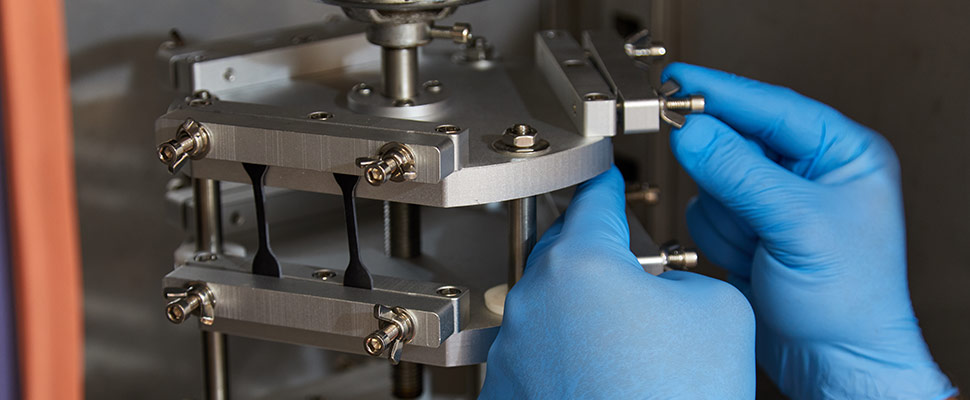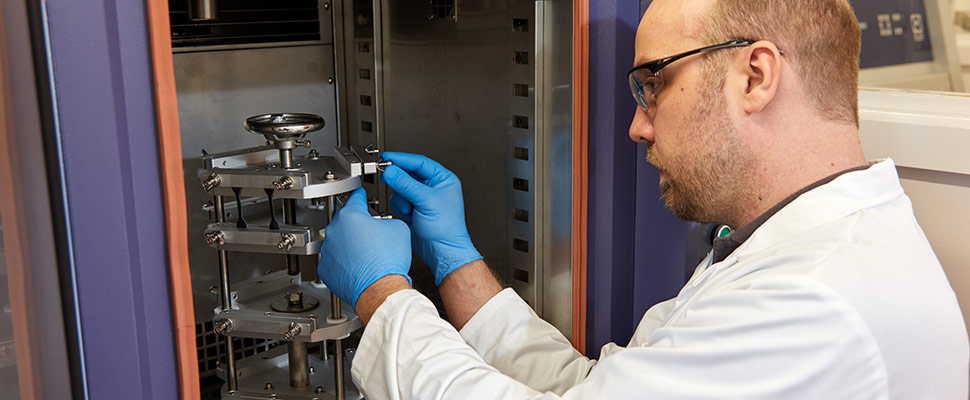Cable Ozone Resistance Testing
| Outside diameter of insulated core (mm) | Mandrel diameter (as a multiple of the outsude diameter of insulated core) |
|---|---|
| D ≤ 12.5 | 4 ±0.1 |
| 12.5 < D ≤ 20 | 5 ±0.1 |
| 20 < D ≤ 30 | 6 ±0.1 |
| 30 < D ≤ 45 | 8 ±0.1 |
| 45 < D | 10 ±0.1 |
The bent test pieces on their mandrels shall be kept in air at ambient temperature without any further treatment for between 30 to 45 minutes before being tested. Cable sheathing materials are prepared as dumbbell pieces and are then be stored in the desiccator for at least 16 h at (23 ± 5) °C.

The conditioned test pieces are then placed in the middle of the ozone test chamber fitted with a what is known as a test cock; the test pieces shall be at least 20 mm from each other. The test pieces shall be maintained at a temperature of (25 ± 2) °C, unless otherwise specified in the cable standard, and exposed to a circulating current of dry air with the required ozone concentration. The ozone concentration and the exposure time shall be as specified in the relevant cable standard. The air with the required ozone concentration shall have a flow rate of between 280 l/h and 560 l/h, and the air pressure shall be maintained slightly above atmospheric pressure.
After the specified test duration, the test pieces are removed from the test chamber and examined with normal or corrected vision without magnification and should be free from cracks and the ozone concentration is measured directly with an ozone meter. The required ozone concentration will be specified in the relevant cable standard.
Cable Sizing Calculator
Supporting Low Voltage cable sizing to BS and IEC standards with our easy-to-use calculator
Try it now
Custom Cable Design
Tailoring cables to meet bespoke requirements of performance or environmental challenges when off-the-shelf options are unavailable.
Read moreCPD Cable Training
Expert cable tuition from our experts with CPD-certified cable training and tailored cable learning programmes
Courses